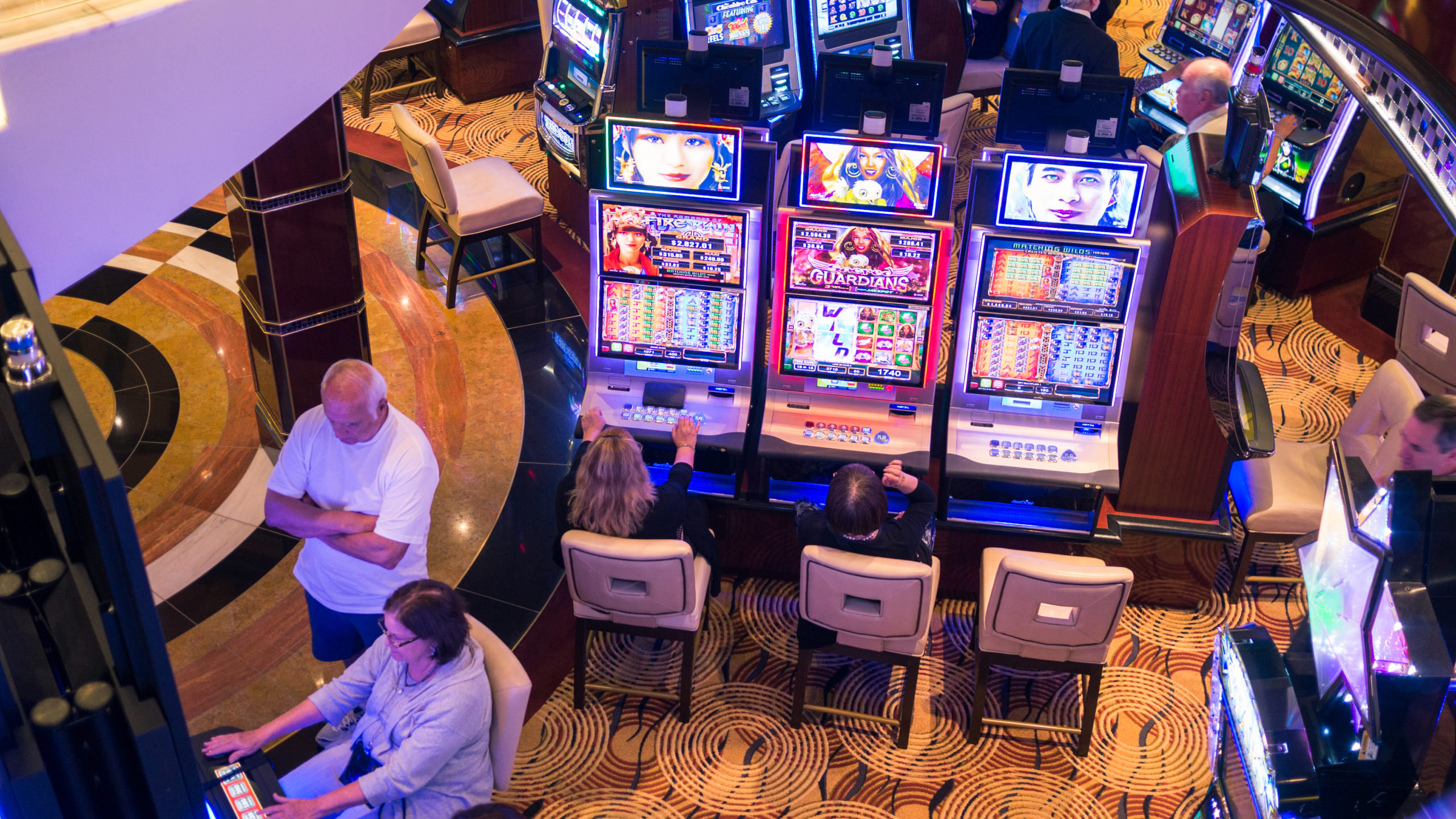As for slot machines, players often become captivated by the shimmering lights, exciting themes, and the thrill of the reel spins. But beyond the sparkle and fascination lies an important concept that every player should understand: Return to Player, or RTP. This key metric is essential in influencing the amount of money you can expect to receive back over time, shaping your experience and strategy as you play.
RTP is typically represented as a percentage and reflects the mean amount of funds returned to players compared to the total amount wagered. For instance, if a slot game has an RTP of ninety-five percent, it means that, on average terms, players should anticipate receiving 95 dollars for every $100 they stake. Understanding this concept can assist players in making educated decisions when choosing which slots to play, ultimately enhancing their gaming experience at the casino.
What is the definition of RTP?
RTP, also known as RTP, is a crucial element in the realm of slot machine games. It indicates the proportion of all wagered money which a specific slot is programmed to return to players over time. For example, if a slot has an RTP of 95, this means that, in theory, players are likely to reclaim ninety-five dollars for every 100 dollars placed during extended play. Understanding RTP assists players evaluate the potential returns of the various slots available.
RTP does not serve as a surety of personal wins but instead it is an average computed throughout many spins. Players’ experience can vary significantly due to the chance inherent in slot games. A better RTP indicates superior odds for the player, which makes it an essential aspect to consider while selecting which slots to play. Still, despite having high RTP, there can be phases where players encounter losses, because chance plays a significant role. Bet88 com

It is also worth noting that various slots have different RTP percentages. Some games could display a reduced RTP as a result of a considerable enjoyment or distinct elements, while others maintain a higher percentage to attract more risk-averse players. Comprehending RTP allows players to make wise choices about their play strategies and manage their money efficiently while experiencing the thrill of casino slots games.
How RTP is Calculated
The Return to Player, also known as RTP, is a key measurement in the realm of gambling slots games. It represents the percentage from all wagered money that a gaming device can be expected to pay back to gamblers in the long run. Comprehending how this measurement is derived demands insight of the dual aspects of the game’s architecture and its reward structure. This RTP is determined via intricate calculations and statistical analyses executed in the course of the slot machine creation process. Game creators consider various elements, including the frequency of successful outcomes as well as the magnitude for payouts on each outcome.
In order to calculate this metric, developers simulate a significant quantity in terms of spins of the game. Such modeling efforts aid identify the average amount that on average, a gambler is likely to earn based on their bets. For instance, if a machine has an RTP of 95 percent, this means that, in theory, among every one hundred bet, gamblers can expect to receive ninety-five bucks in return over time. This value does not indicate the amount a player might receive in a single session and during a couple of plays; instead, it reflects long-term return projections.
RTP values are usually published by the casino or slot developer. Players must consistently look for such information while selecting a slot game, as it has the potential to influence their gaming experience. A greater return value typically means a higher probability to recoup a segment of bets, although individual plays may differ greatly. Grasping this concept enables gamblers to choose wisely while improve their overall enjoyment in the realm of slot games.
Importance of RTP in Casino Games
Understanding the Return to Player or Return to Player is important for any gamer involved in slot machines. RTP refers to the proportion of total bets that a slot machine is designed to return to gamers over time. A greater RTP means that players can look forward to receiving a bigger share of their bets back, making it an valuable factor for those seeking to maximize their play experience. Knowing this number aids players make informed decisions about which games to play, as it can profoundly affect their chances of winning.
Furthermore, RTP has a key role in the overall equity and transparency of casino slots. Gamers are often attracted to slots with greater RTP percentages because they provide a better chance of success over the duration of gameplay. https://bet88.ninja/ Gaming establishments and game developers use RTP as a selling point to lure players, ensuring they maintain a competitive edge in the thriving gambling industry. By understanding of Return to Player, gamers can choose slots that align with their risk tolerance and gaming goals.
Finally, the concept of RTP encourages responsible gaming practices. By understanding that not all slots will provide short-term winnings and that Return to Player is based on long-term play, gamers can regulate their anticipations and playing habits effectively. This knowledge enhances the enjoyment of slot games while promoting a more balanced gambling landscape. Players who comprehend the significance of RTP are more prone to have a more satisfying experience and lessen the risks of problematic gambling behavior.